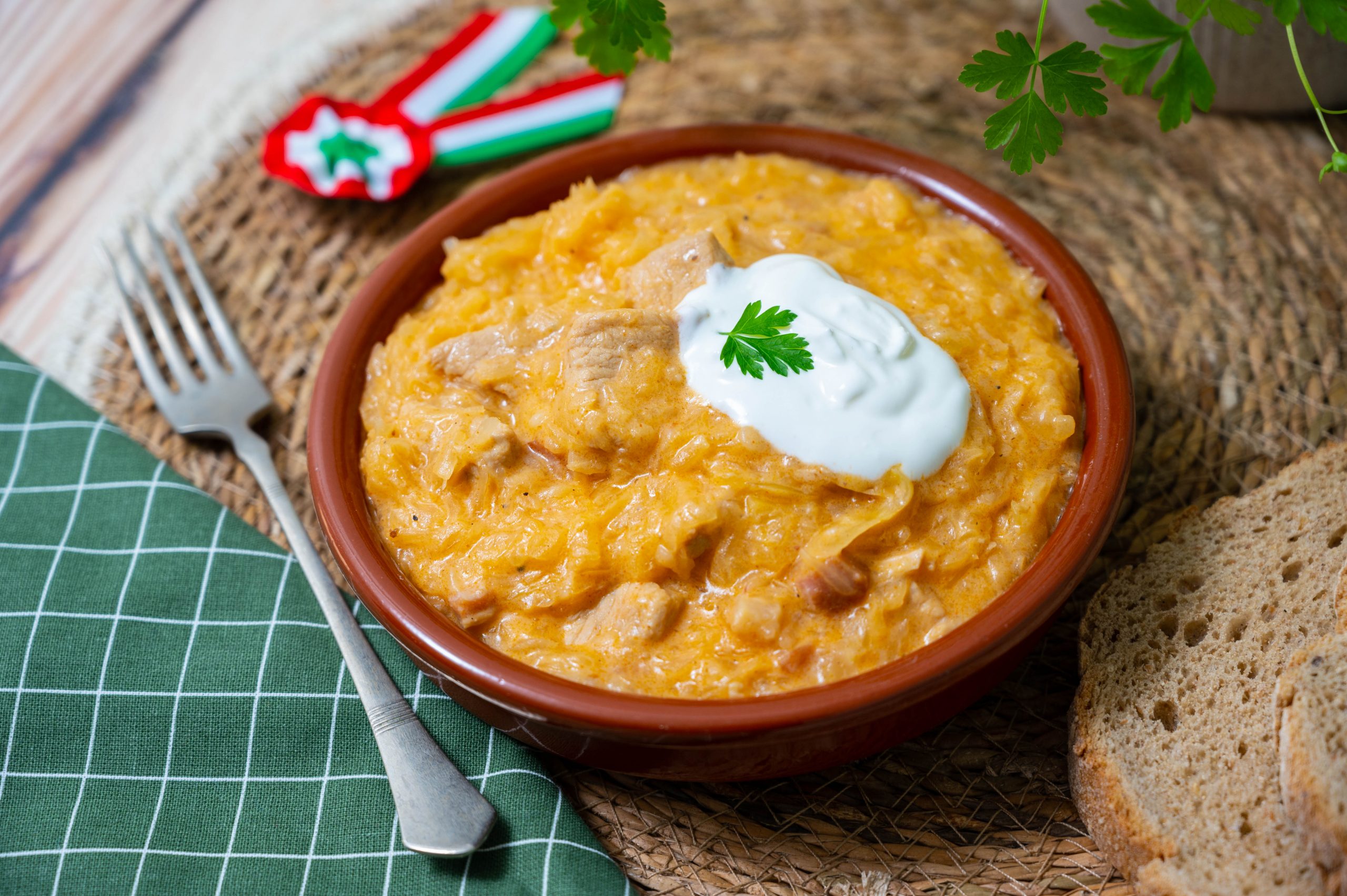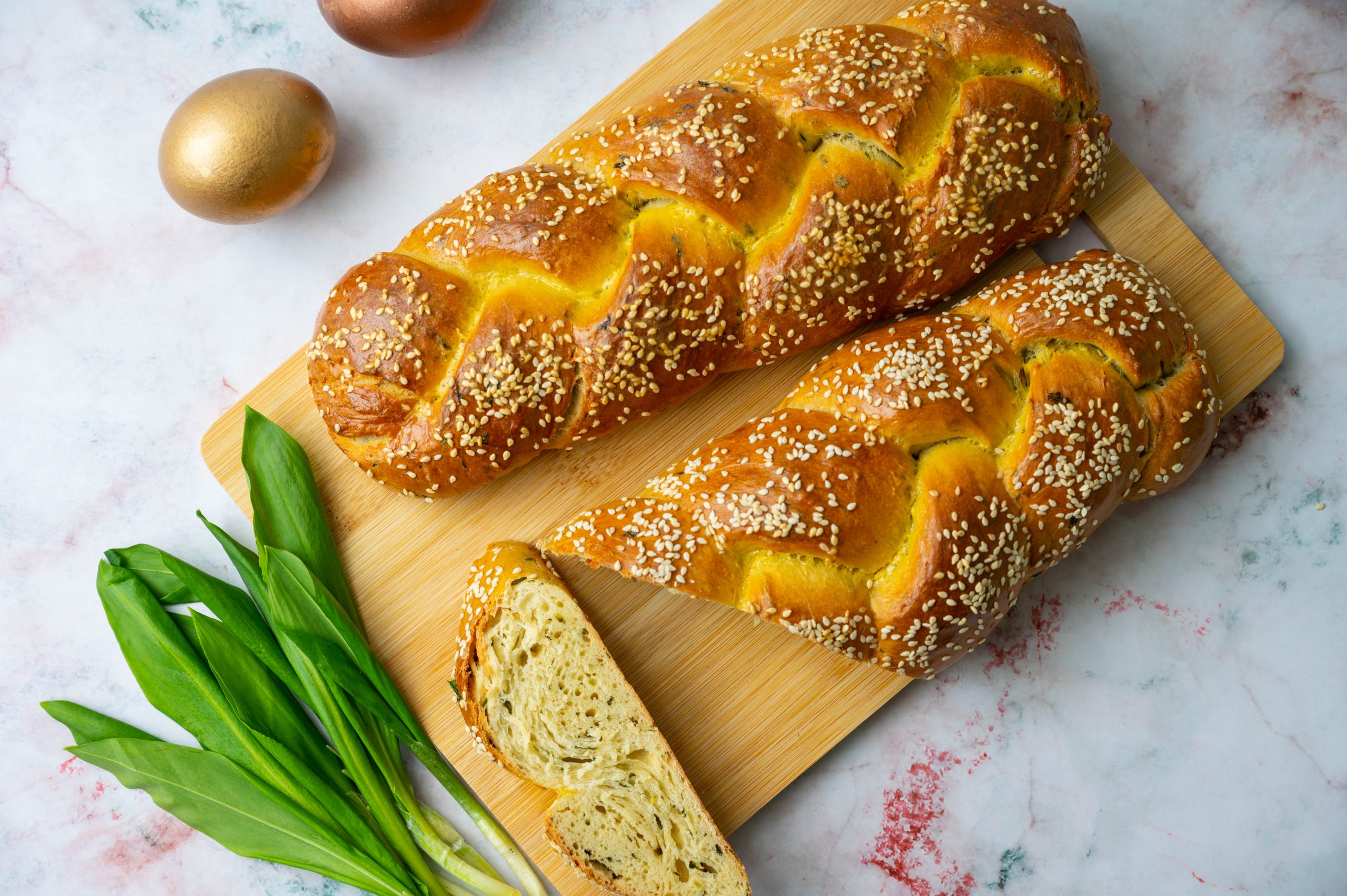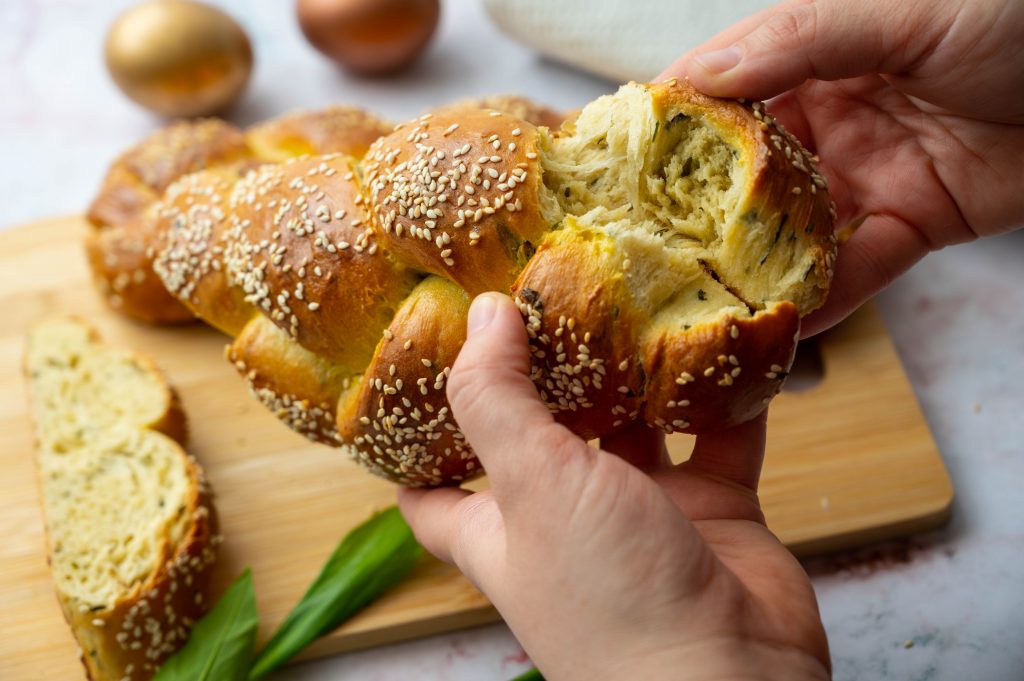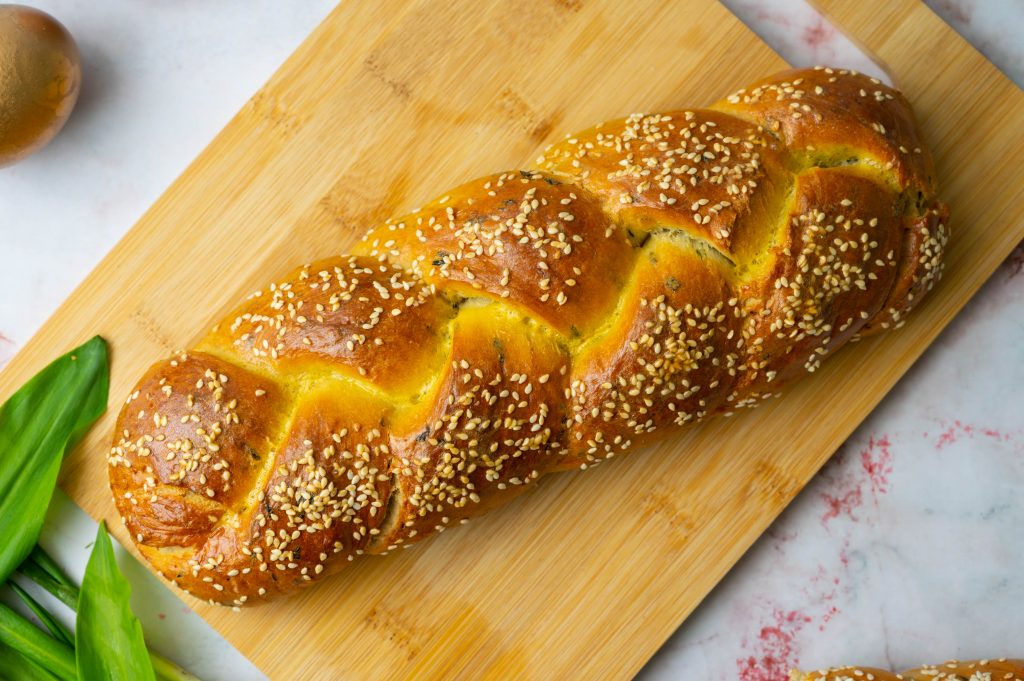
The dish was inspired by József Székely, the chief archivist of the county, and given its name by poet and revolutionary Sándor Petőfi himself.Continue reading

The true meaning of Easter has been significantly worn down by now, being fused together with a certain rabbit and a basket of eggs. For Christianity, Easter Sunday originally symbolized renewal, rebirth, and the strengthening of faith. In past ages, every family would strive to put kalács (known universally as wicker cakes) on the table as daily bread for the celebration of Easter Sunday, Pentecost, or other major holidays celebrated by the Church. Because even our daily bread – just like everything at home around this time – needs to be a little better and a little more appealing than on normal days.
Translation by Tamás Vaski
The shape of kalács has historically varied from region to region, with the most general type being the weaved loaf. This is presumably because in the multitude of unique and masterful kalács types, this is the simplest version. In many places, families would only eat the kalács they had prepared once it was blessed in church on Easter Sunday. Any food which could not be eaten during lent was placed in a basket. These foods include ham and eggs, the latter of which could be painted or even embroidered. The types of food which could be put in the basket would also vary from region to region, with some local customs even allowing horseradish and a bottle of wine to be blessed. As a finishing touch, a decorated or embroidered tablecloth would be draped over the basket, and the family would head to church.

Since plain weaved loaves of kalács can simply be purchased in a supermarket, we have prepared a wild garlic or medvehagyma recipe, since wild garlic season falls in line with Easter. In the past, wild garlic would only be used in the kitchens of impoverished people, something characteristic of many ingredients found in the wild. Today, however, these tasty vegetables have become so popular that wild garlic vendors can even be found in subway stations.
Kalács with wild garlic
Ingredients:
+ 1 egg
Mix the milk and the yeast together with the egg. Add the flour, the sugar, the salt, the finely chopped wild garlic, and finally the room temperature butter. Knead all the ingredients together. It is worth using a mixer or a bread machine if you have one, since the kneading process can take quite a while by hand.
The dough is ready when it can stick together nicely in a ball.
Cover a cutting board in flour and place the dough on top of it, then leave it to rise for 45 minutes.
Split the dough into multiple pieces based on the number of kalács loaves required. If the goal is a large loaf, then three balls of dough are required. If two loaves are the end goal, the dough should be split into six pieces (I would suggest this option). Once again, cover it and leave it to rise for 15 minutes.
Shape the pieces of dough into straight threads, and braid them together.
Whisk an egg and rub it on the top of each loaf, then let those loaves rise for another 30 minutes. Rub a topping of egg on the risen loaves once again, sprinkle them with sesame seeds, and bake them in an oven preheated to 200 degrees Celsius. Bake them for roughly 30 minutes, until they are nice and reddish.

Photos and featured photo by Péter Csákvári/Hungary Today